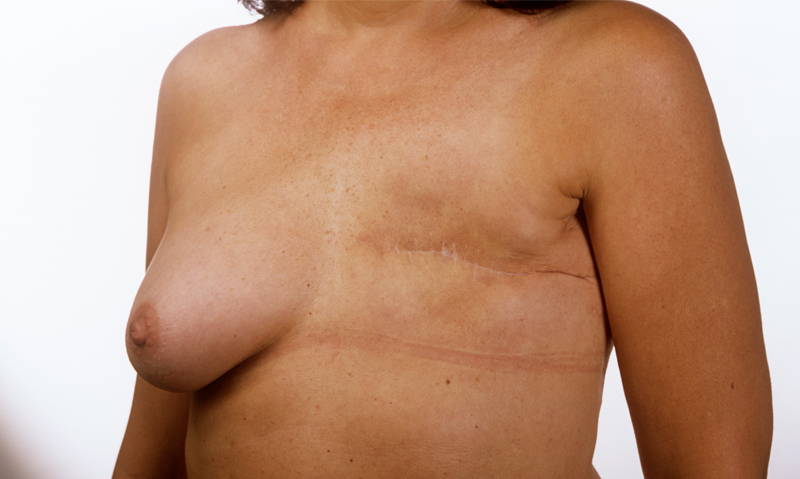DRAMATIC improvements in breast reconstruction surgery in the past decade are driving a rise in requests for mastectomy among breast cancer patients who would benefit from less extensive surgery, experts say.
A new study of more than 1.2 million US women treated for early-stage breast cancer found the proportion of those eligible for breast conservation surgery who underwent mastectomy rose from 34.3% in 1998 to 37.8% in 2011. (1)
Rates of breast reconstruction among mastectomy patients increased from 11.6% to 36.4% in the same period, the authors reported in JAMA Surgery.
Associate Professor Andrew Spillane, president of Breast Surgeons of Australia and New Zealand, agreed increasing numbers of patients with early-stage breast cancer wanted to discuss the option of mastectomy.
However, he told MJA InSight that in Australia the mastectomy rate did not appear to have changed significantly.
“I spend a lot of time talking people down from an initial request for mastectomy or bilateral mastectomy, usually with reconstruction, pointing out the risks that go with major surgery”, he said.
Professor Spillane said he believed women were more interested in mastectomy these days because reconstruction surgery had massively improved in recent years.
“As women get older and the breasts change to achieve symmetry with a breast reconstruction the non-diseased breast may need to be reshaped and reduced in volume. In this situation patients will often say, ‘why don’t I just get both sides removed’ ”, he said. “That’s when you need to have a conversation about the risks and benefits of that strategy versus simpler surgery.”
Professor Phyllis Butow, from the Centre for Medical Psychology and Evidence-based Decision-making at the University of Sydney, recently completed a study of attitudes regarding contralateral prophylactic mastectomy (CPM) among 388 early breast cancer survivors, in collaboration with Breast Cancer Network of Australia. (2)
About 100 women in the study reported having had CPM. However, Professor Butow said this rate was very likely higher than in the real world, due to participation bias.
“Women felt that breast symmetry was a major reason to have CPM, but also a desire to avoid ongoing breast scans and the build up in anxiety every time they went back to collect results”, she said.
“There was also a sense of wanting to be rid of the disease, and not reminded of it again.”
Professor Butow said some women might have overestimated the risk reduction offered by CPM — since the risk of another breast cancer in the unaffected breast could be very low — and underestimated the risks of the procedure itself.
She said she hoped the Australian study, which has just been completed and is yet to be published, would lead to the development of better patient information materials, so patients could make an informed choice for or against prophylactic mastectomy.
In the US study published last week, the steepest rises in mastectomy rates were in younger women with non-invasive disease, those with smaller tumours and those with node-negative disease.
The authors said this suggested “an increasing influence of factors unrelated to disease burden or concern about attaining locoregional control in performance of mastectomy, particularly in young women”.
The authors noted that previous qualitative studies pointed to physician recommendation, patient concern about recurrence, increased use of breast magnetic resonance imaging and desire for symmetry as the primary reasons women underwent unnecessary bilateral mastectomy.
1. JAMA Surg 2014; Online 19 September
2. COSA 2014: Poster discussion
(Photo: Steve Percival / Science Photo Library)

 more_vert
more_vert